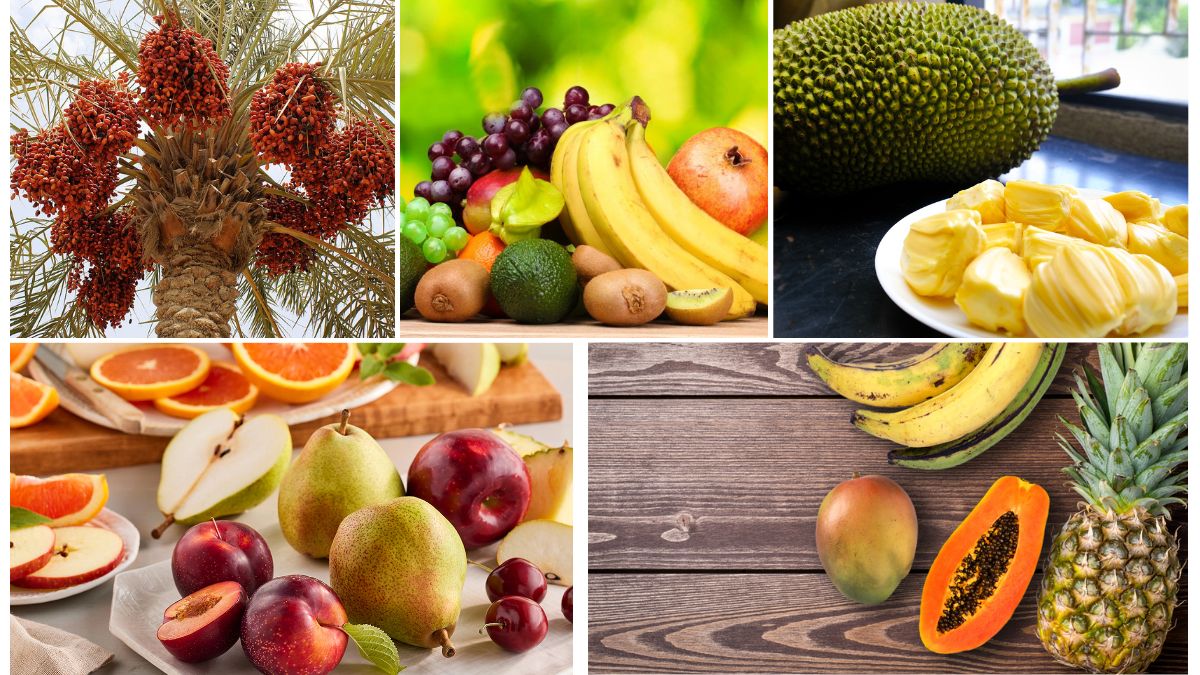Fruit export is a crucial pillar of global agricultural trade, supporting economies, influencing food security, and reflecting climatic and production trends across nations. With the increasing demand for exotic fruits, nutritional awareness, and expanding international trade, analyzing fruit export data has become an essential skill for policymakers, agronomists, traders, and students alike.
But understanding large sets of export data can be daunting. What do all those columns mean? How do you identify trends or market potentials? This article will guide you step-by-step on how to read and analyze fruit export data effectively—turning raw figures into powerful insights.
1. Understanding the Structure of Fruit Export Data
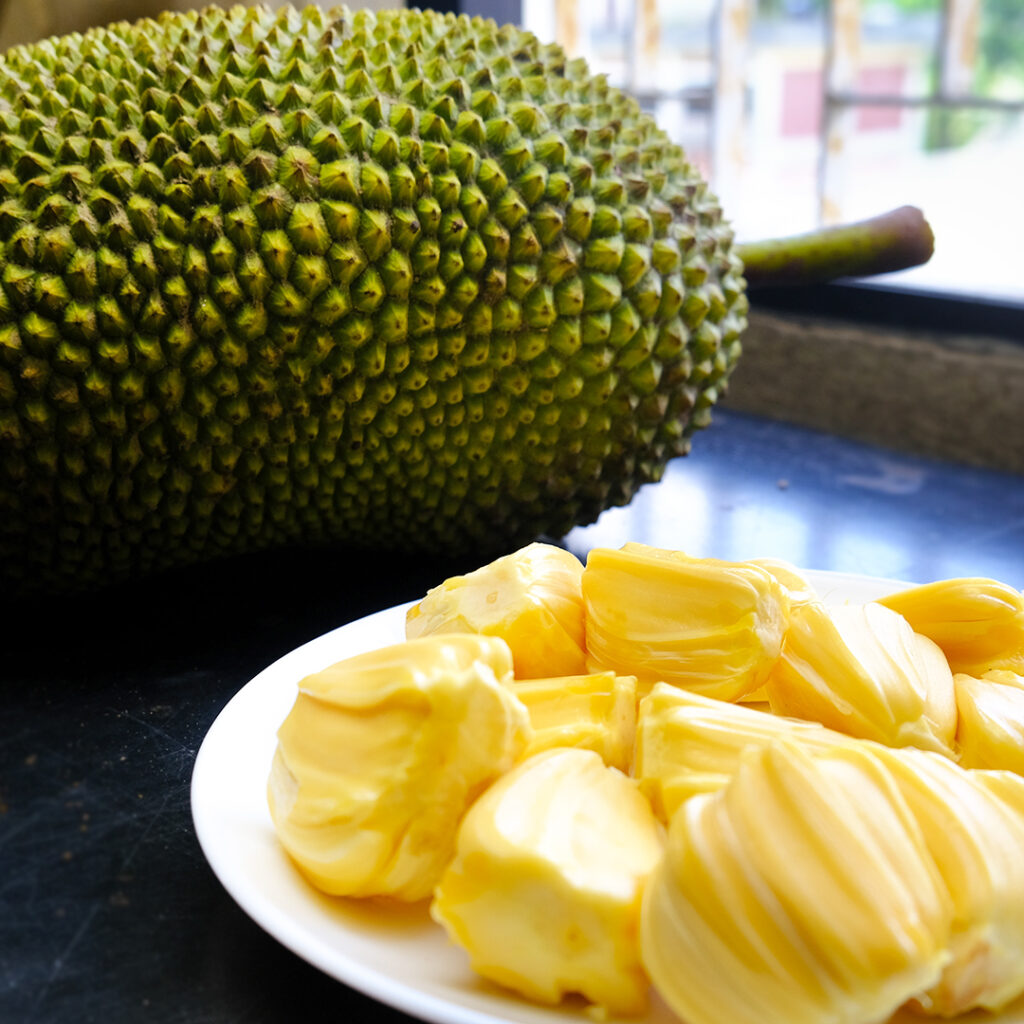
Before analyzing data, it’s important to familiarize yourself with how export data is typically structured. Whether sourced from government portals, trade organizations, or international databases like FAOSTAT, UN Comtrade, or ITC Trade Map, fruit export data will generally include:
a. Product Description or HS Code
Each fruit is categorized under a specific Harmonized System (HS) code, which standardizes goods for international trade. For example:
- Fresh mangoes: HS 080450
- Bananas: HS 080390
Understanding HS codes is vital for accurate filtering and analysis.
b. Quantity and Unit
Export quantities are usually measured in metric tons (MT), kilograms (kg), or pieces. Always verify the unit of measurement to avoid misinterpretation when comparing data between countries.
c. Export Value
Typically represented in USD, this indicates the total trade value of exported fruits over a specific period.
d. Destination Country
Indicates the importing countries, giving clues about market demand and regional preferences.
e. Year or Period
Most data is segmented annually, but some advanced platforms also offer monthly or quarterly breakdowns to analyze seasonal trends.
2. Sources of Reliable Fruit Export Data
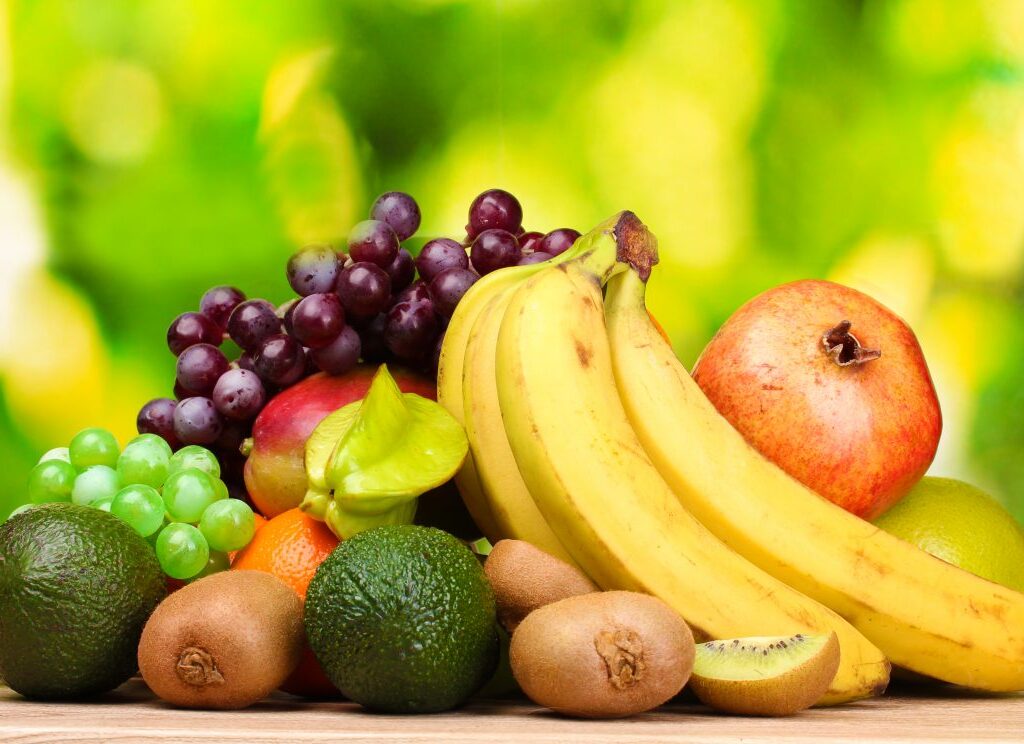
To perform credible analysis, rely on trusted and comprehensive data sources:
- UN Comtrade Database: A global repository for official international trade statistics.
- FAOSTAT (FAO): Offers agricultural data across countries and years.
- ITC Trade Map: A powerful tool for market research in export-import industries.
- National Government Portals: E.g., USDA (United States), APEDA (India), Eurostat (EU).
Tip: Always cross-reference from multiple sources to validate accuracy.
3. Key Metrics to Analyze
a. Export Volume Trends
Track how the export volume of a particular fruit changes over time. A consistent increase may indicate rising global demand or improved production.
Example:
India’s mango exports might show a surge from 120,000 MT in 2019 to 180,000 MT in 2024, reflecting global popularity and successful marketing campaigns.
b. Export Value and Price Per Unit
Compare export value with volume to derive average price per unit:
mathematicaCopyEditPrice per ton = Total Export Value (USD) / Export Volume (tons)
This can indicate premium pricing potential or price drops due to oversupply.
c. Top Export Destinations
Identify which countries are major importers of the fruit. This helps determine:
- Market preferences
- Trade relationships
- Opportunities for expansion
Example:
If Vietnam and the UAE import large volumes of Indian pomegranates, exporters might focus on marketing and supply chain efficiency in those regions.
d. Growth Rate (CAGR)
Calculate Compound Annual Growth Rate to analyze export growth:
iniCopyEditCAGR = [(Ending Value / Beginning Value)^(1/Years)] - 1
It shows how consistently a country’s export sector is growing for a particular fruit.
4. Comparative Analysis: Country vs. Country
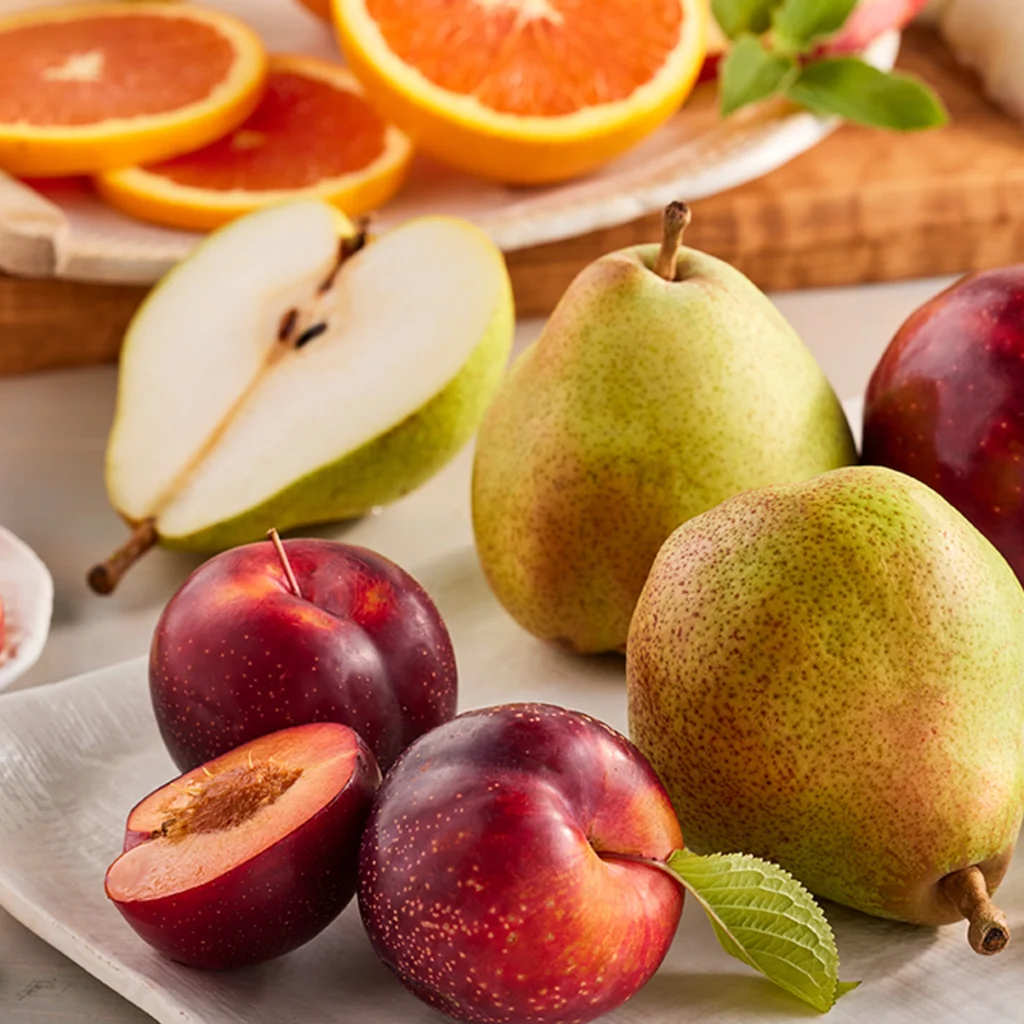
You can compare fruit export data across countries to identify:
- Leading producers and exporters
- Competitive advantage
- Emerging players in global trade
Example:
If Ecuador consistently leads in banana exports, while the Philippines shows rapid growth, there may be competitive pressure or market shifts underway.
Comparative Metrics to Examine:
- Export quantity and value rankings
- Market share percentage
- Export-to-production ratios
- Destination overlap (Are both countries targeting the same markets?)
5. Seasonal and Regional Insights
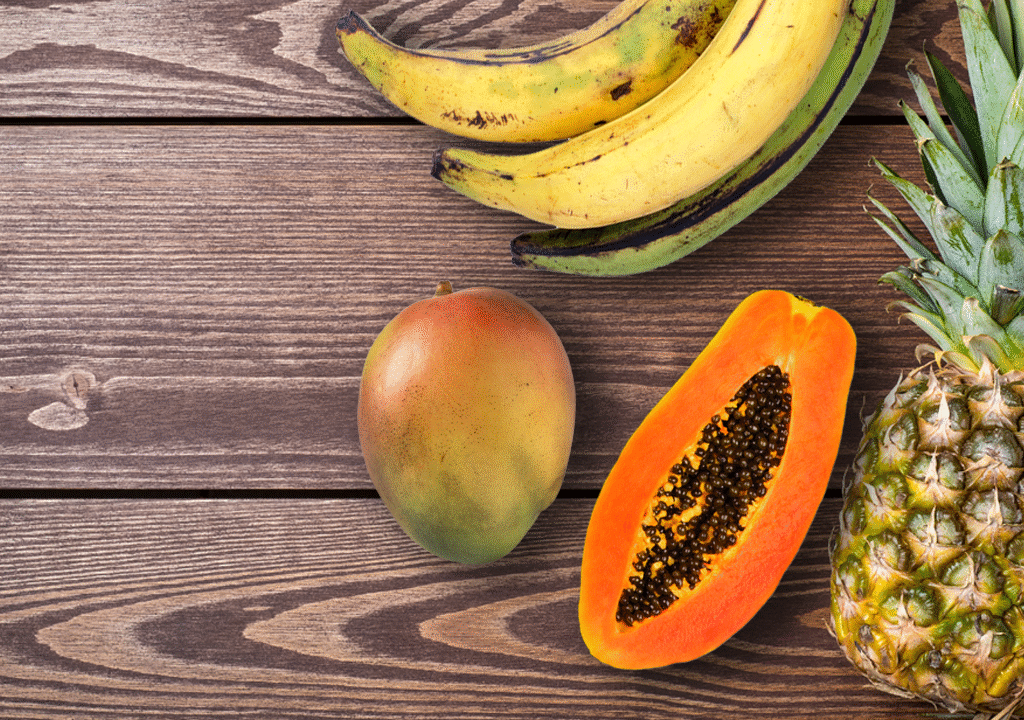
Some fruits are seasonal, so monthly data can offer a deeper perspective:
- Identify peak harvest periods
- Align with demand cycles in importing countries
- Plan supply chain and logistics
Example:
Chile exports blueberries mainly between November and March to meet North American winter demand. Identifying this pattern helps exporters avoid off-season supply issues.
6. Data Visualization Techniques
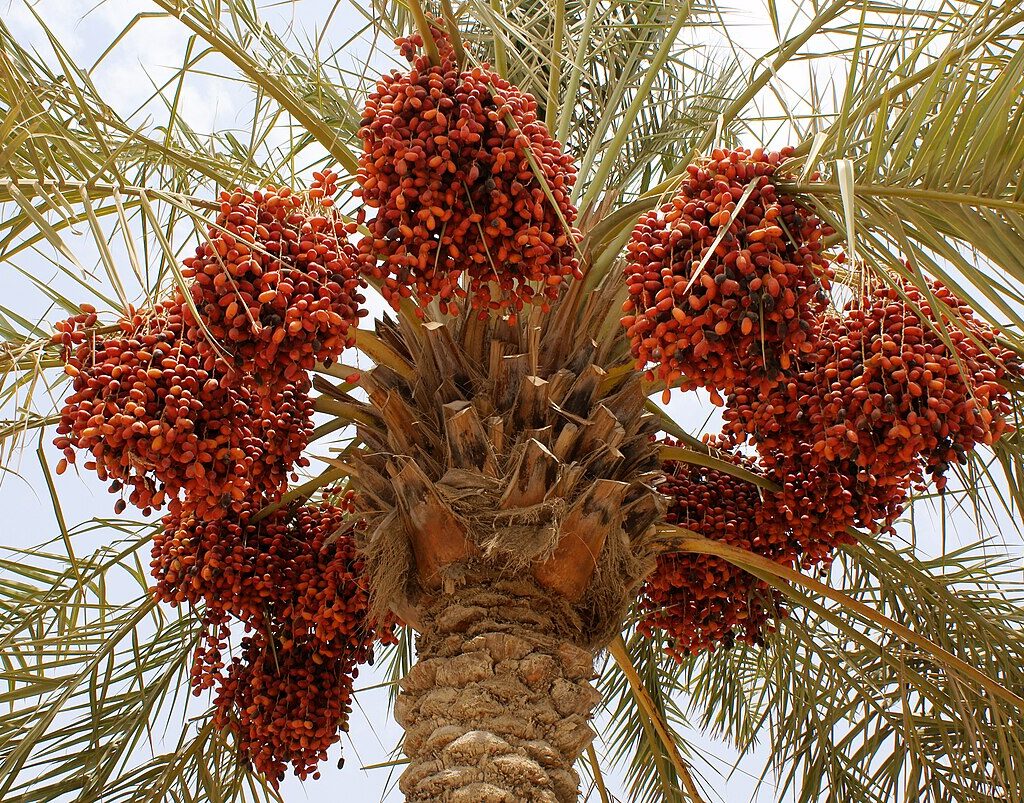
To better interpret and present export data, use visual tools such as:
- Line graphs for volume/value over time
- Pie charts for market share by country
- Heat maps to highlight major export regions
- Bar graphs to compare countries or fruit types
Software like Microsoft Excel, Google Sheets, Tableau, and Python (Pandas + Matplotlib) can help turn complex data into simple visual insights.
7. Identifying Opportunities and Gaps
Proper data analysis can highlight:
- High-demand but under-supplied fruits
- Emerging markets with low but growing imports
- Untapped niche fruits (e.g., dragon fruit or passionfruit)
- Export inefficiencies such as high production but low export
Case Study Example:
India produces massive amounts of guava but exports only a small percentage. Targeted infrastructure or trade policy improvements could unlock export potential.
8. Factors Influencing Fruit Export Data
a. Weather & Climate Change
Droughts, floods, or changing temperatures affect production and, therefore, export figures.
b. Trade Policies & Tariffs
Free trade agreements (FTAs), subsidies, or tariffs shape competitiveness.
c. Logistics & Infrastructure
Efficient cold chains and port facilities determine how far and fast perishable fruits can travel.
d. Consumer Trends
Health trends (e.g., keto diets, superfoods) can spark spikes in demand for certain fruits like avocados or berries.
9. Tips for Effective Fruit Export Data Analysis
- Clean your data: Remove duplicates and errors.
- Use consistent units for comparison.
- Analyze long-term trends, not just annual changes.
- Pair quantitative data with qualitative insight (e.g., weather, political changes).
- Regularly update datasets for accuracy and relevance.
10. Real-World Applications
Fruit export data analysis is essential for:
- Exporters and agribusinesses: To strategize market entry or diversification.
- Policy makers: For planning subsidies, trade agreements, and infrastructure.
- Researchers and economists: To study food systems and trade patterns.
- Investors and traders: To forecast commodity prices and returns.
Conclusion
Reading and analyzing fruit export data is both a science and an art. With structured interpretation and the right tools, you can uncover deep insights about global trade, production strengths, emerging markets, and economic potential. Whether you’re writing a thesis, building a business plan, or shaping national policy, mastering data analysis can turn complex statistics into valuable knowledge—and opportunities.
By learning how to navigate, interpret, and apply fruit export data effectively, you equip yourself with a powerful skill in a globally connected and ever-growing agricultural economy.
